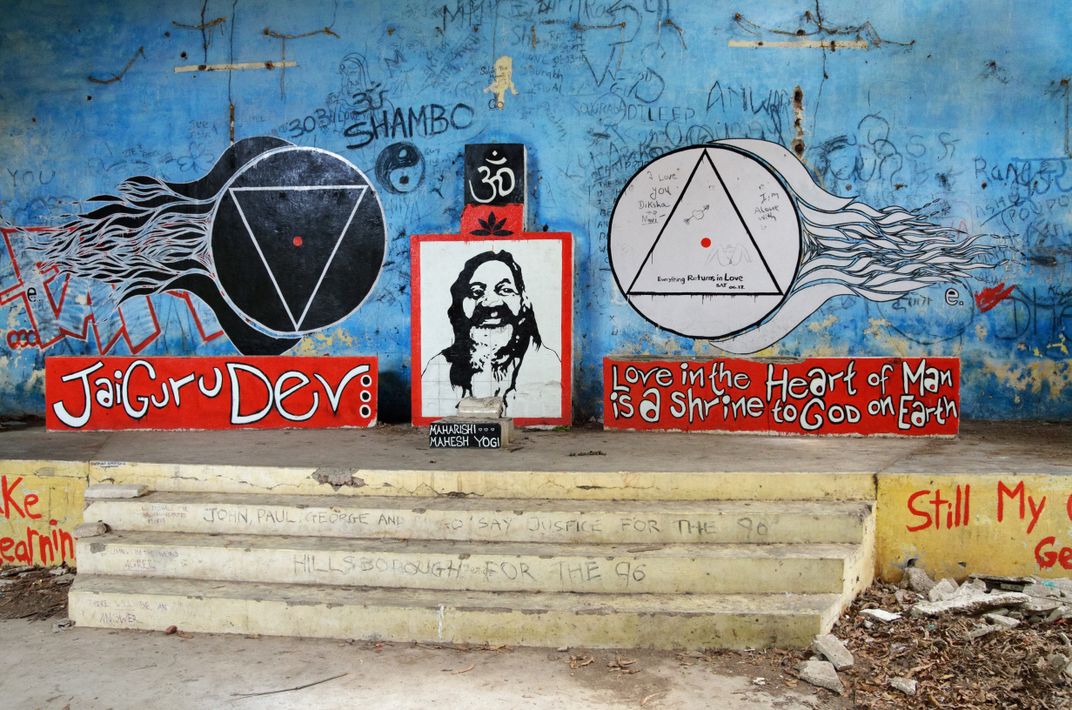How the Indian City of Rishikesh Influenced the Beatles’ White Album
A meditation retreat in 1968 offered the British rock group heightened awareness and peace of mind
:focal(1045x832:1046x833)/https://tf-cmsv2-smithsonianmag-media.s3.amazonaws.com/filer/ab/6d/ab6d06d3-8c95-4778-96c1-683e85299fa6/42-74269361.jpg)
On a winter day in 1968, the Beatles left England for an ashram in the foothills of the Himalaya. Author Philip Goldberg called that stay in the northern Indian city of Rishikesh “the most momentous spiritual retreat since Jesus spent those forty days in the wilderness.” What were the Fab Four trying to tap into, as they settled into modest stone bungalows along the Ganges? Their joyful overseer, Maharishi Mahesh Yogi, offered heightened awareness and peace of mind. Though each musician left at a different time, noting different degrees of disillusionment with the guru, his quiet, closed-eye practice of Transcendental Meditation weaned them off psychedelic drugs like LSD. It also inspired songs, including “Dear Prudence,” and one about the maharishi, “Sexy Sadie,” published in the White Album, which was largely composed at the compound. Meditation would soon become mainstream in the West, a sort of spiritual souvenir the quartet brought back from the East.

Planning Your Next Trip?
Explore great travel deals
Smithsonian magazine participates in affiliate link advertising programs. If you purchase an item through these links, we receive a commission.